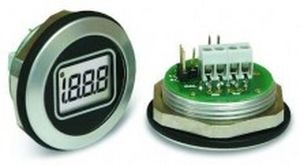
For recent reviews on BBB culture models see Helms et al. The stem cell-based BBB models introduced in the last 10 years represent a novel, improved tool for drug discovery and personalized medicine. A great advancement of the BBB culture models was the introduction of co-cultures in which brain endothelial cells, which form the anatomical basis of the BBB, are kept in the presence of other brain perivascular cell types, mainly astrocytes and/or pericytes ( Figure 1a), as pioneered by Nakagawa et al. Cultured brain endothelial cells, which have been available since the 1980s, are one of the most versatile in vitro models to examine the permeability and other properties of the BBB. The blood-brain barrier (BBB) is one the most investigated biological barriers due to its importance in different biomedical fields: these include physiological, pathological and pharmacological studies, and cover the area of central nervous system (CNS) drug delivery in health and diseases. We also give an outlook on the future of the field, with potential combinations of existing methods and possible improvements of current techniques. In this review, we describe built-in sensors to characterize BBB models via quasi-direct current and electrical impedance measurements, as well as the different types of biosensors for the detection of metabolites, drugs, or toxic agents. Their combination with integrated biosensors provides real-time and noninvasive monitoring of the integrity of the BBB and of the presence and concentration of agents contributing to the physiological and metabolic functions and pathologies.

The multi-cell type dynamic BBB-on-chip models are in demand in several fields as alternatives to expensive animal studies or static culture inserts methods. The BBB represents the tightest endothelial barrier within the vasculature with high electric resistance and low passive permeability, providing a controlled interface between the circulation and the brain. Models of the blood-brain barrier (BBB) especially profited from this advanced technological approach.

These chip devices provide controlled cell culture environments to mimic physiological functions and properties. The application of lab-on-a-chip technologies in in vitro cell culturing swiftly resulted in improved models of human organs compared to static culture insert-based ones.


 0 kommentar(er)
0 kommentar(er)
